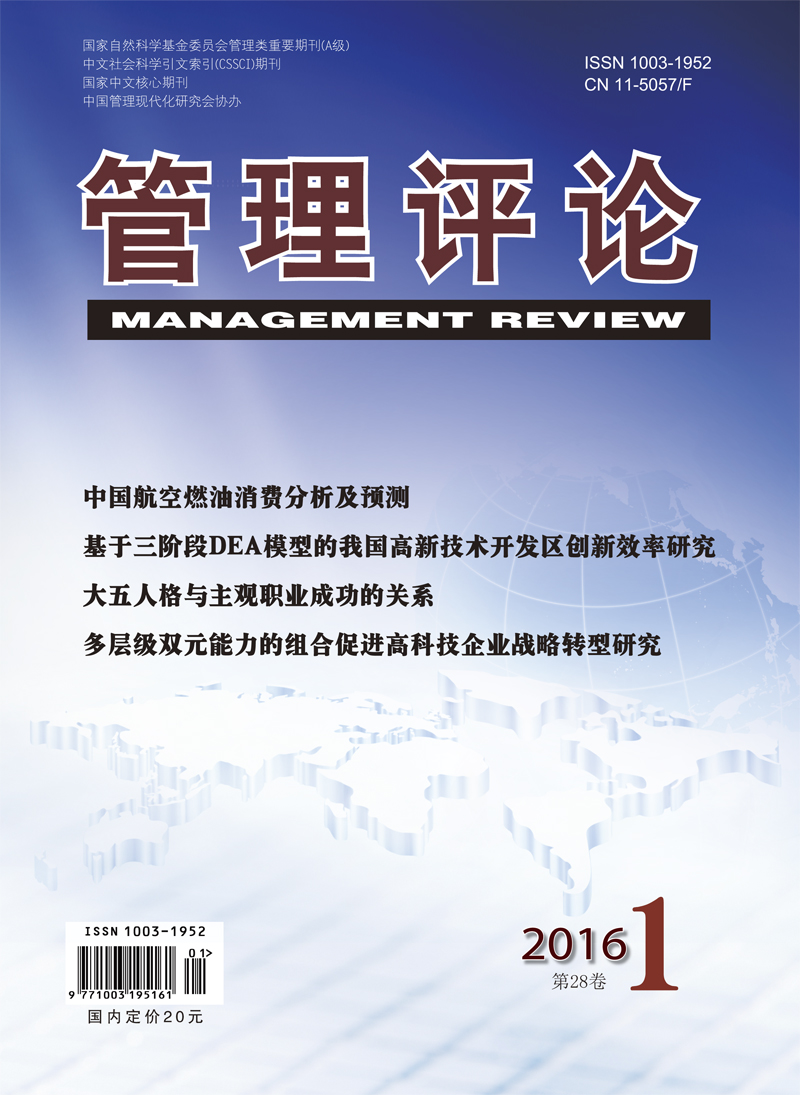This paper analyzes the relationship between firm performance and innovative spirit of family business from the perspective of internal resources, and the moderating effects of institutional environment and competition environment. Based on the data of public listed family firms, this paper gets the following results: first, there is an inverted U shape relationship between firm performance and innovative spirit. That is, firm innovative spirit increases as the performance goes up, but when performance reaches a certain level, firm innovative spirit decreases as performance continues increasing. Second, given a certain performance level, when the institutional environment is better, innovative spirit of family business is better. So a better institutional environment has a positive moderating effect on the relationship between firm performance and firm innovative spirit. Third, competition environment also has a significantly moderating effect on the relationship between firm performance and innovative spirit, and when the completion is serious, firm innovative spirit decreases given a certain performance level.

